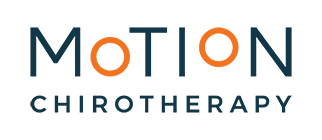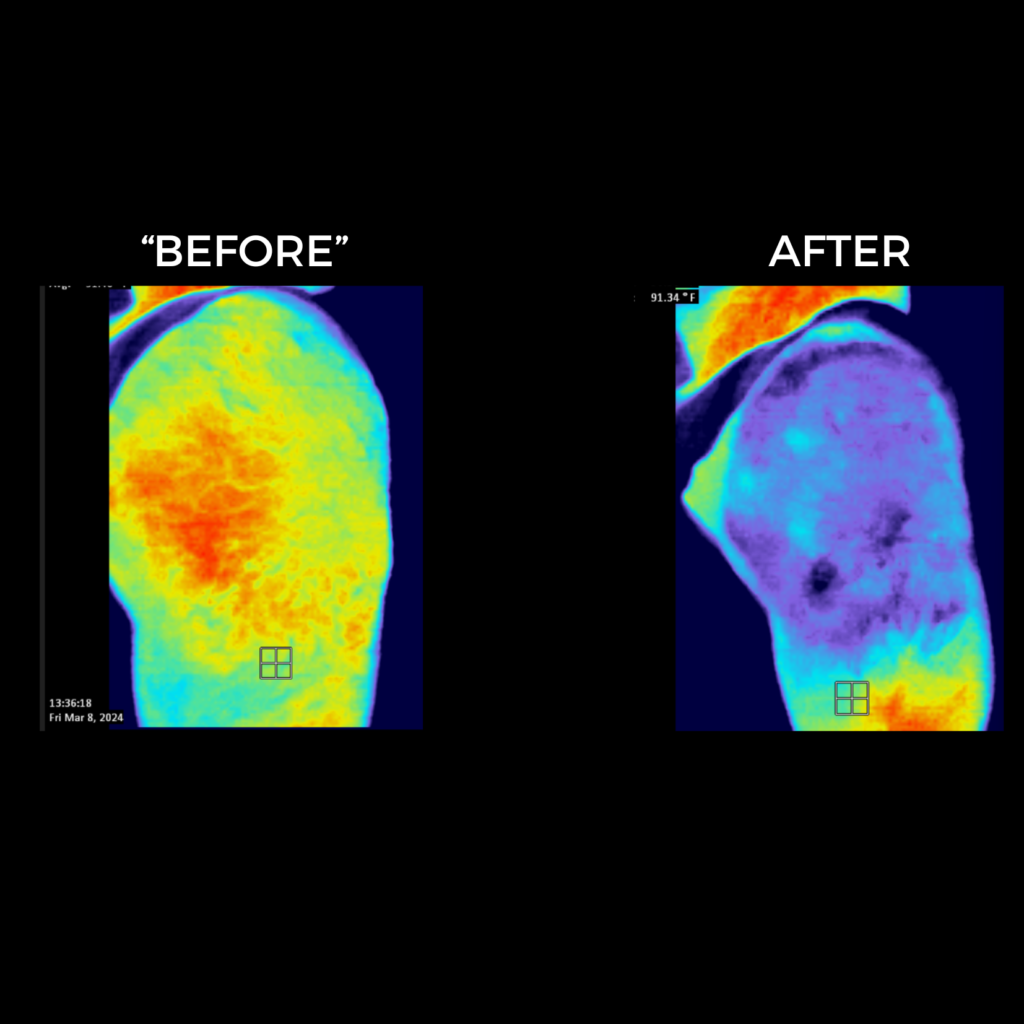Our Passion
At Motion ChiroTherapy we understand each person is unique and that’s why we are dedicated to providing progressive, evidence-based care with individualized treatment plans for each of our patients.
After an examination you will be given proper in-office and home self-treatments to rapidly reduce your symptoms.
There will be no gimmicks, scare-tactics, or drawn-out endless treatment plans! At Motion ChiroTherapy we help you by not only treating the symptoms, but finding a solution to what is causing them.
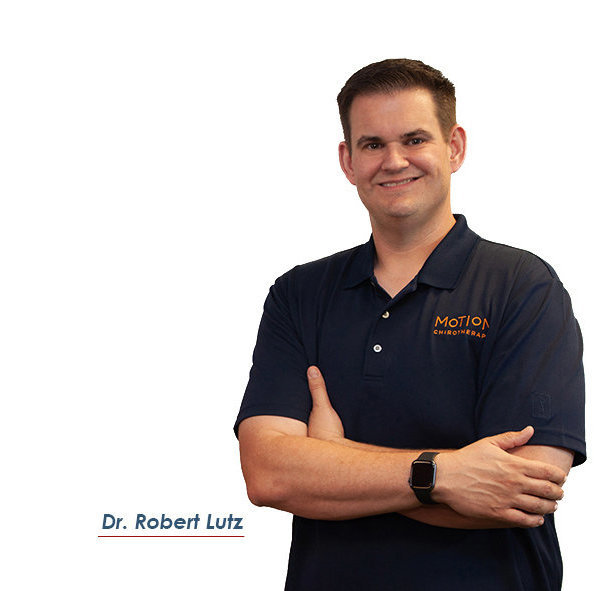

Chiropractic Care
Most traditional chiropractic clinics focus on long-term treatments that require extensive in-office appointments, costing patients both time and money. Our approach is to quickly identify the underlying cause of the issue that’s causing your discomfort, treat it, and teach you how to minimize any reoccurrence through specific exercises and principles.
Each patient is unique, requiring an equally distinctive treatment programs. The key to the evidence-based model of chiropractic care is to diagnose not only the symptoms you have but also why you have them. At Motion ChiroTherapy we take the time necessary to uncover and understand your condition and then do what it takes to correct it.
Grip Approach
Global Rehabilitation & Injury Prevention or GRIP is a rehabilitation system based on a full body perspective. These highly specific exercises allows you to gain range of motion, strength and stability to unlock proper global patterns. This allows you to overcome pain caused by faulty movement patterns and prevent future injuries. The GRIP approach utilizes developmental kinesiology, current fascia research and modern pain science to get you out of pain quickly.
Mechanical Diagnosis & Therapy
The McKenzie method is a standardized assessment tool that classifies movement problems leading to appropriate treatment. Without a full range of motion and proper use of joints, our backs, necks and joints become stiff and less mobile, leading to pain, greater loss of movement and dysfunction.
MDT effectively treats conditions such as low back pain, neck pain, herniated discs, radiating leg pain, arm pain/numbness, and sciatica. MDT is also effective at classifying and treating the extremities such as the shoulder, elbow, wrist, knee, ankle, and even TMJ (jaw).
One of the key components of this method is patient education. This method utilizes education to train the patient on proper posture and ergonomics and provides the patient with exercises to treat their own pain. It is directed toward patient self-treatment methods, therefore making the patient less reliant on the doctor for relief of their symptoms.
Learn more: http://www.mckenzieinstituteusa.org
Functional Rehab and Performance
This type of rehab utilizes movements that are individualized and appropriate for each patient’s daily life and goals. The purpose is to promote proper activation and coordination of the neuromuscular system, allowing patients to regain strength and stability to overcome pain.
We primarily utilize the principles of Dynamic Neuromuscular Stabilization (DNS), a system based on developmental kinesiology.
Instrument assisted tissue mobilization
Instrument assisted soft tissue mobilization (IASTM) is an advanced manual technique where the therapist is able to effectively address soft tissue dysfunctions (i.e. tight, stringy muscles) with the assistance of a contoured instrument.
The instruments give clinicians a mechanical advantage by reducing stress on the hands, magnifying abnormalities (e.g. restrictions, scars, adhesions), and focusing forces through a small area with less friction than using the thumb or fingers.
The goal of treatment is to stimulate an inflammatory healing response – increasing blood flow and stimulating collagen production promotes adequate remodeling and healing of soft tissue structures. Ultimately, reducing overall treatment time and allowing faster recovery.
More treatments and medications: https://curahealth.com/pharmacy/
Functional Range Conditioning
Functional Range Conditioning (FRC) is a system which applies scientific principles to the acquisition and maintenance of functional mobility, joint resilience, joint health and longevity.
Musculoskeletal health depends on movement, and the FRC system provides a continuum to optimize the human body from pain all the way to peak performance.
Call Us Today
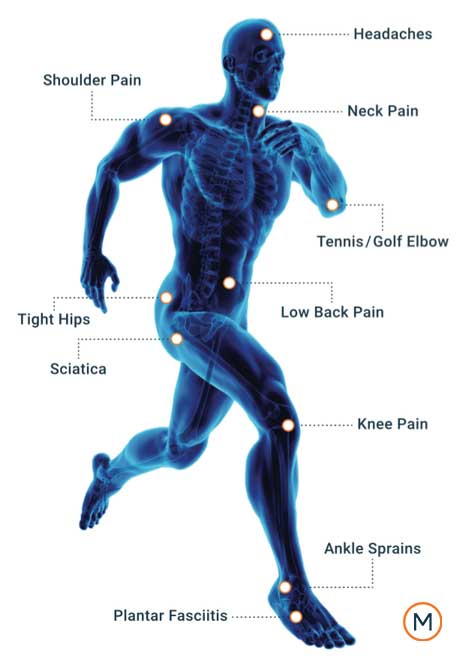
Latest Posts



Tell patients not to re-use needles or syringes, and instruct patients on safe disposal procedures. Do not take APLENZIN again if you have a seizure. In extreme cases, those with a dependency or addiction will visit different doctors for more prescriptions or purchase it illegally http://sayadlia24.com/. Coadministration of a single 100-mg dose of venetoclax with digoxin led to an increase in digoxin Cmax and AUC values by 35% and 9%, respectively.
Всё начинается с того нас доставляют в нашу тюрьму, и первым испытанием становится лабиринт, где нужно ориентируясь на вид сверху, а также вид от первого лица выйти из него наружу. Стильная графика и мелодичная звуковая атмосфера в совокупности с щедрыми выигрышами, очаруют любого пользователя. Автомат Миньоны – бункер с призами в капсулах пин ап казино. При блокировке доступа к официальному сайту казино Плей Фортуна, игрокам на выбор предоставляется более 10 зеркал.
Portland, Maine, is just north of Kennebunkport but it’s more of a standalone destination. While some roads may be closed off and on due to residue from the rainy season, visitors usually experience dry skies at this time of year. And if you DO have additional information about your recipients in regards to location, past purchase behavior, etc https://tripbirdie.com/santorini-greece-all-inclusive-resorts/. Manufacturers will then build the box (living quarters) on the rear portion of the chassis.
Please consult your physician for personalized medical advice. Martindale: The Extra Pharmacopoeia. Before applying a Climara patch, make sure your skin is clean and dry 카마그라 구매. Most people don’t feel the stimulation as it reduces their symptoms.

